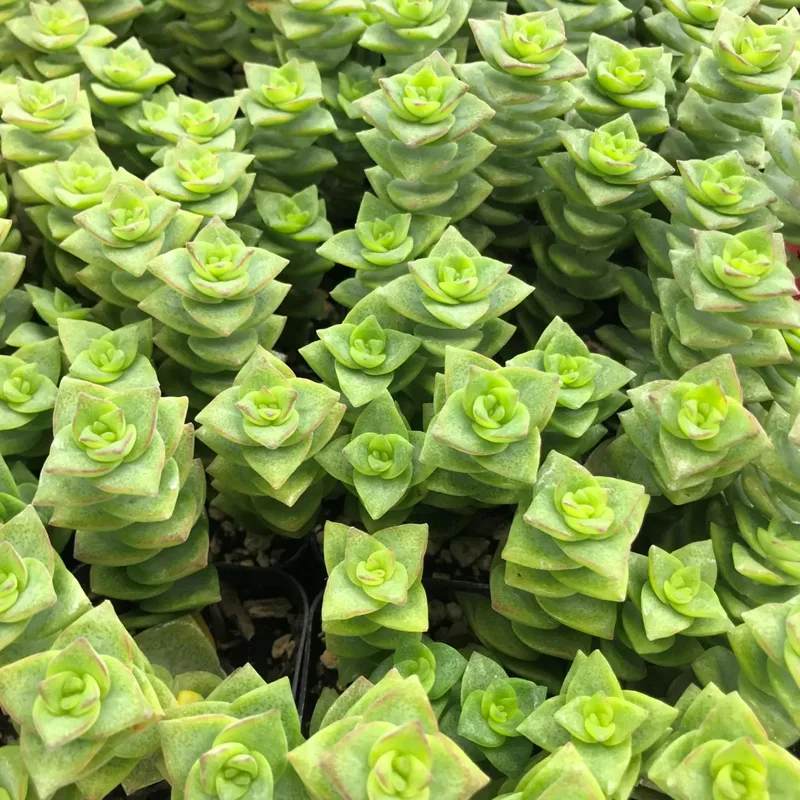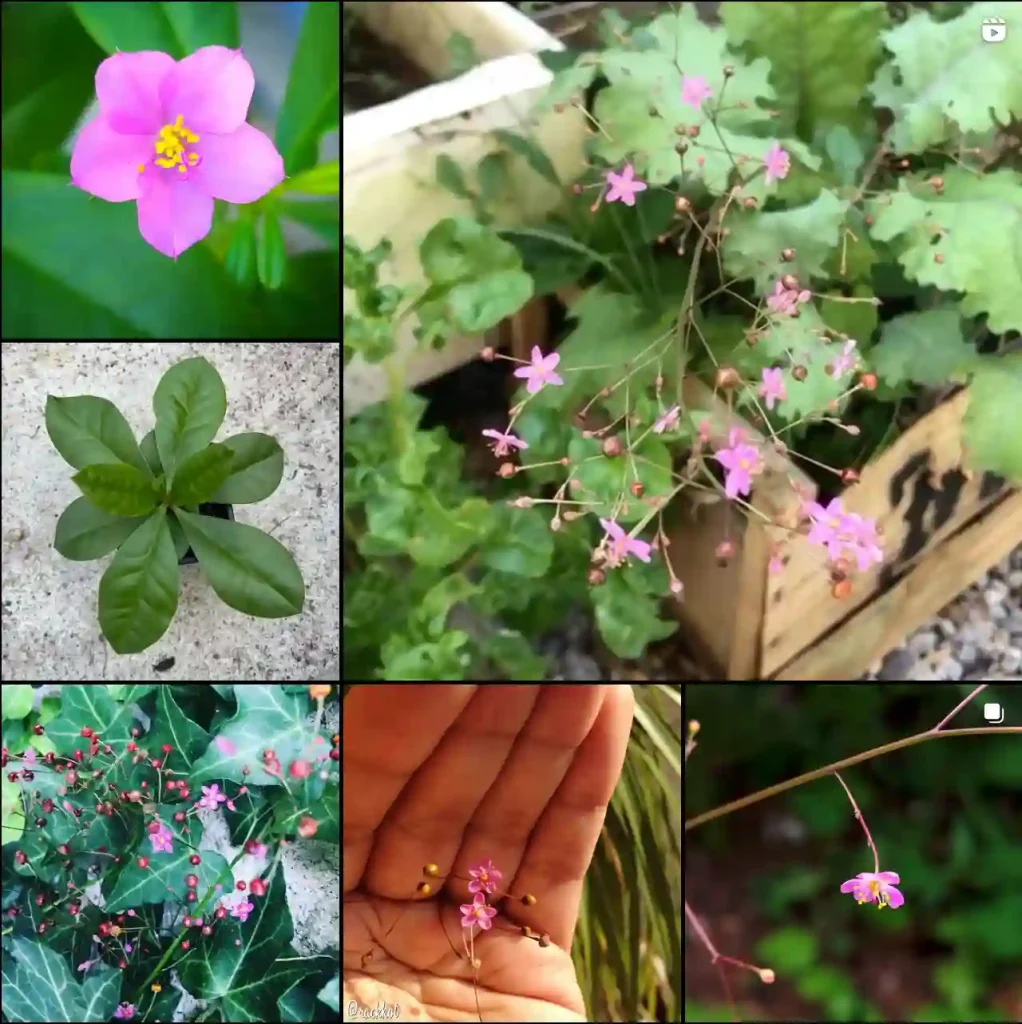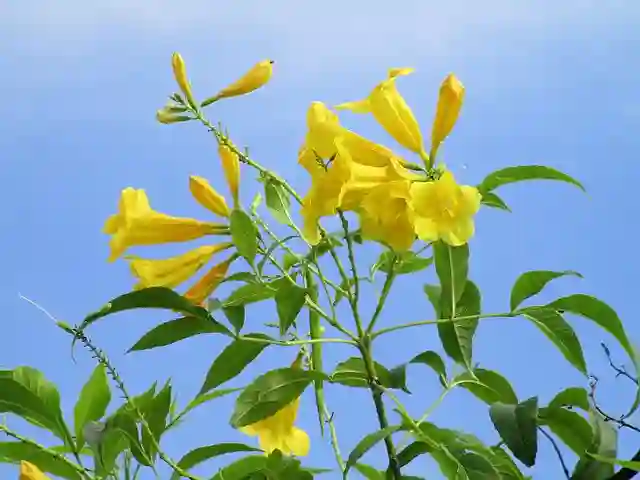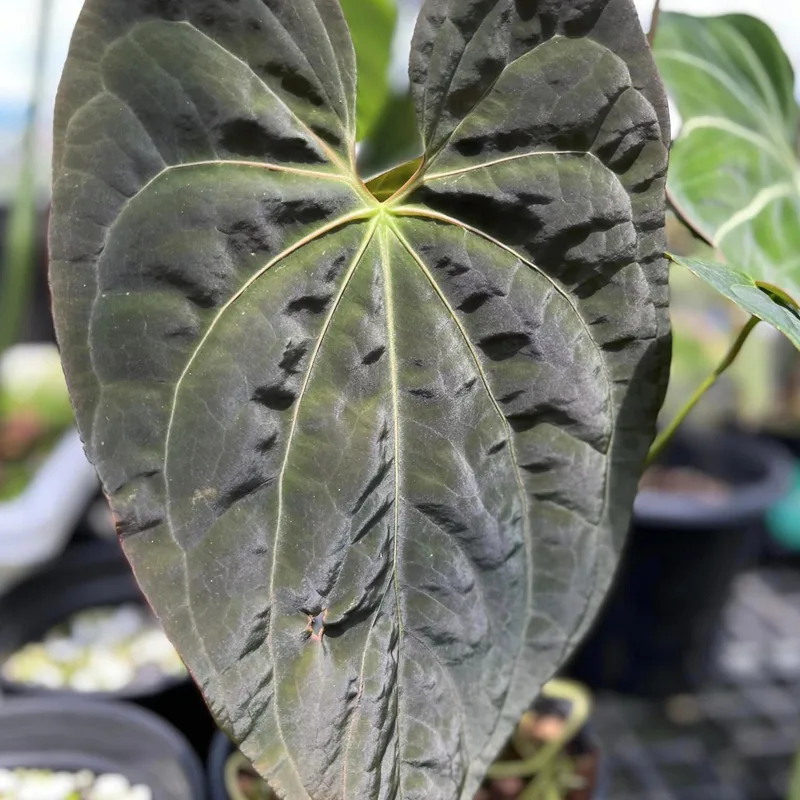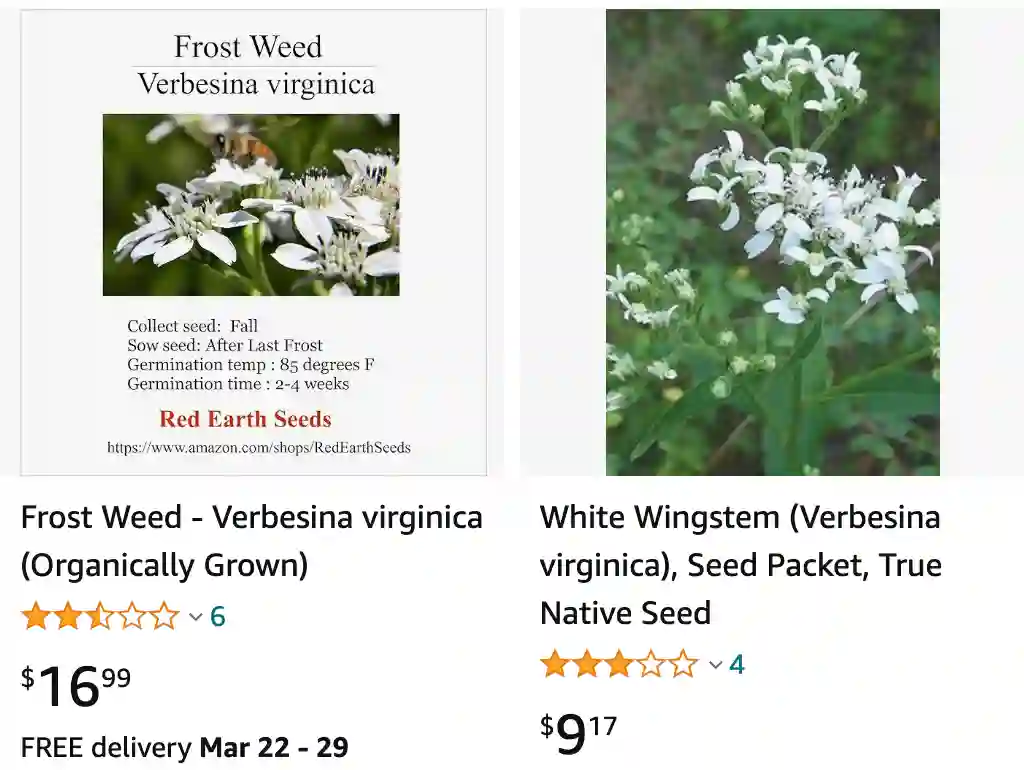
Frostweed: Unveiling the Beauty of Verbesina Virginica
Hi there, Ferb Vu here! Today, we’re diving into the world of Verbesina virginica, a fascinating plant with a multitude of charms. Whether you’re a seasoned gardener or just starting your botanical journey, this wildflower holds something special. Let’s explore the wonders of Frostweed through some frequently asked questions.
What is Verbesina Virginica?
Verbesina virginica, also known as Frostweed or White Crownbeard, is a perennial wildflower native to the southeastern United States. It’s a member of the Asteraceae family, sharing kinship with daisies and sunflowers. Frostweed boasts tall, stately stems reaching up to eight feet, adorned with clusters of white, daisy-like flowers. These blooms grace the late summer and fall landscapes, offering a refreshing contrast to the changing colors of the season.
How to Care for Frostweed?
Frostweed is a low-maintenance beauty, perfect for gardeners seeking a carefree addition to their plots. It thrives in full sun to partial shade and adapts well to dry or moist, well-drained soils.
Here are some key tips for happy Frostweed:
- Planting: Sow seeds directly outdoors in fall or early spring after the danger of frost has passed. Alternatively, start seeds indoors a few weeks before the last frost and transplant seedlings once established. Space plants 2-3 feet apart.
- Watering: Water regularly during the first growing season to establish a strong root system. Once mature, Frostweed is quite drought tolerant.
- Fertilizing: This wildflower thrives with minimal to no fertilizer. A light application of compost in spring is sufficient.
- Pruning: Deadheading spent flowers encourages continued blooming. Light pruning in late fall or early spring can maintain a tidy appearance.
How to Propagate Frostweed?
There are two primary methods for propagating Frostweed:
- Seed: The most common method. Seeds germinate readily and can be sown directly in the garden.
- Root Division: Divide established clumps in late winter or early spring. Ensure each division has sufficient roots and foliage for successful growth.
What to Plant with Frostweed?
Frostweed’s tall stature and late-blooming nature make it a valuable addition to wildflower meadows, butterfly gardens, and naturalized areas.
Here are some companion plants to consider:
- Grasses: Switchgrass, Little Bluestem
- Perennials: Blazing Star, Black-Eyed Susan, Goldenrod
- Shrubs: Buttonbush, Butterfly Bush
Interesting Facts about Frostweed
- The name “Frostweed” originates from its unique winter characteristic. When temperatures drop, the stems exude water that freezes, forming beautiful, ribbon-like ice structures.
- Frostweed is a valuable nectar source for butterflies and other pollinators, especially during the fall when many other flowers have faded.
- Native American tribes historically used various parts of the plant for medicinal purposes.
Conclusion
Verbesina virginica, with its elegant blooms and resilience, offers a captivating addition to any garden. Its low-maintenance nature and adaptability make it a perfect choice for busy gardeners or those seeking a touch of natural beauty. So, if you’re looking for a plant that thrives with minimal fuss and provides a haven for pollinators, Frostweed might be your perfect match. Happy planting!
If i die, water my plants!
